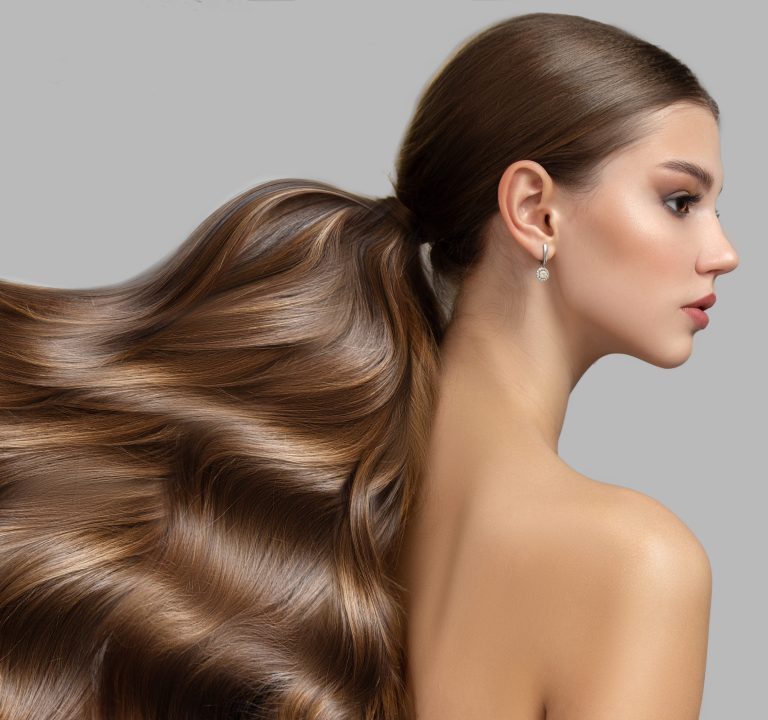KALIBIOME POSTBIOTICS: biotech actives for sensitive skin, anti-age, hair care and oral applications
Exclusive and original biotech pure substances
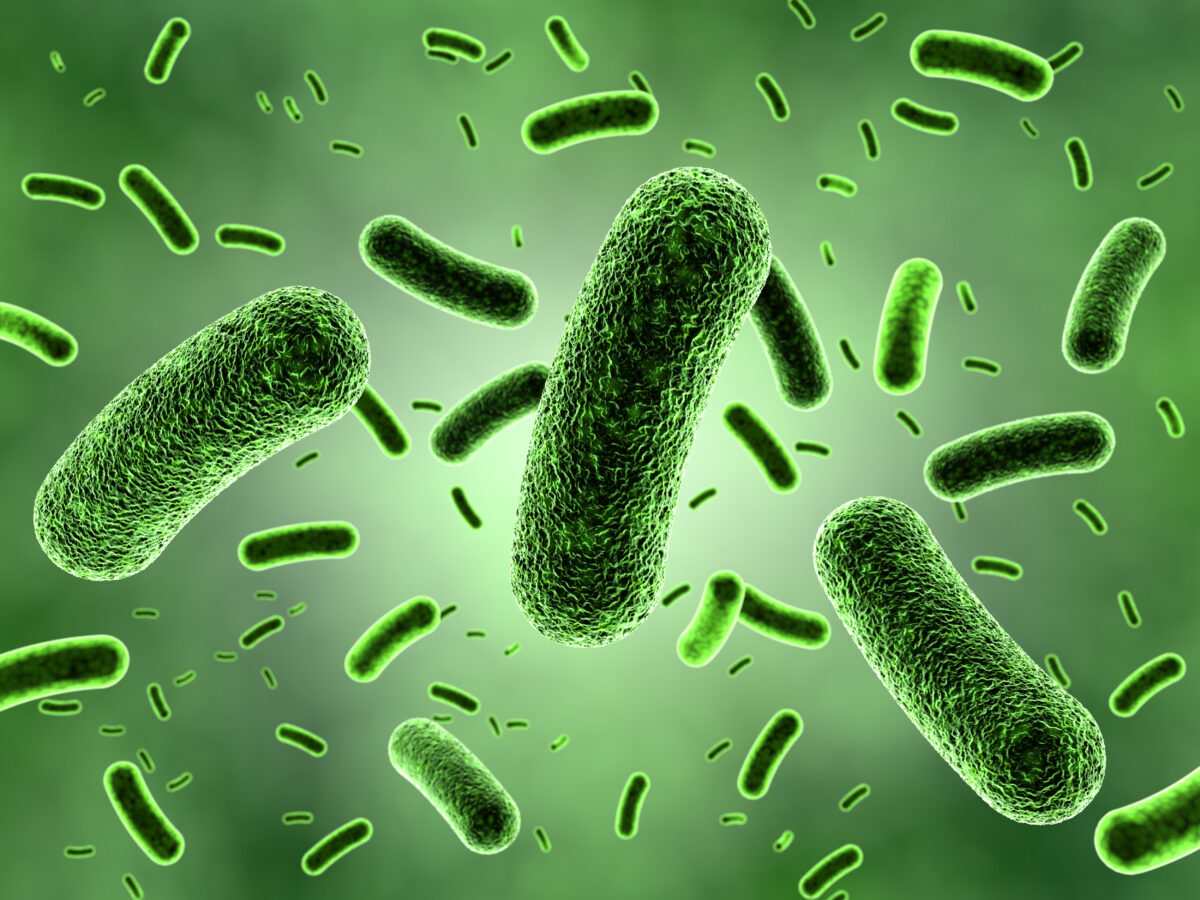
14 April 2022
The skin is an ecosystem where about 1.000 microbe species live in symbiosis with each other and with the host. The balanced pattern of commensal and symbiotic microorganisms forms the skin microbiota, essential for skin health. Many of these microbe communities are harmless and provide functions not evolved by human genome. Symbiotic microbes support skin barrier function, modulate immune response protecting the skin against pathogens, allergens etc.
Skin microbiota
Since the skin is a finely organized ecosystem, a perfect balance between host and microbe communities exists to preserve homeostasis and wellness. Disruption of this delicate balance can induce perturbations in skin barrier function, onset of dermatological disorders associated with photoaging, acne, eczema, psoriasis, dermatitis etc. Moreover, significant change in the composition and distribution of skin microbe communities occurs during aging, thus affecting balance between host and microbiota. Solutions aimed to gradually preserve its balance became one of cosmetic industry priorities.
From probiotics to postbiotics
Recently, living probiotics, tyndallized bacteria, lysates or prebiotics use has been blooming. However, the production of stable, reproducible and safe formulations containing most of these ingredients remains a topic of discussion. Big effort is currently devoted in elucidating the interactions between beneficial microbes and skin. Studies show that the culture medium of these bacteria, like Lactobacilli, promotes antipathogenic and wound healing effects in the host. Molecules produced by bacteria and released in the medium can exert these effects. It can be postulated that bacteria interact with each other and skin cells, using complex network of molecules, the “postbiotics”, which represent a new class of bacteria derived factors, helpful in regularizing the skin microbiota balance, reinforcing skin defense, promoting barrier function and other beneficial effects. Due to their reproducible composition, organoleptic features, long shelf life, safety, handling and efficacy, using postbiotics is an elegant and efficient approach to provide the skin with microbial actives. Through a patented biofermentation process (PB Tech) KALIBIOME postbiotics for cosmetic applications were designed and produced starting from L. Paracasei, species known for its beneficial skin effects. KALIBIOME postbiotics are naturally produced and released by living microbes and extracted by a technique evading bacterial fragments or toxins presence.
By modulating biofermentation conditions, it is possible to obtain different molecular pattern for postbiotics. This means that their production is customizable to obtain different target molecules.
Tests on skin microbiome
In vivo tests were performed using KALIBIOME in emulsion vs placebo twice a day, on 20 women aged between 40 and 70, to assess: skin echogenicity (measurement of ratio between upper-lower dermis ultrasonography, digital images of skin density by Ultrasound Demascan C), wrinkle depth (Ra and Rz ratio, image obtained by High Performance CCD camera COHU), elasticity (Cutometer MPA580 C. Khazaka), TEWL, hydration (CM 825 Corneometer), skin redness (measurement of a* from CIE L*a*b*, after 24h SLS treatment).
In correlation to each of the above tests, analysis of skin microbiome variation were carried out before and after the treatment with Kalibiome and placebo through swab withdrawal of the skin bacteria on the treated areas. These analysis (metagenomic tests) were made through the use of 16S rRNA gene (V3V4 region) as phylogenetic marker to detect skin microbiome composition.
- In vitro tests on hyaluronic acid and pro-collagen I expression were carried out by ELISA, comparing postbiotics vs benchmark ferments.
- The skin barrier activity was analyzed by immunofluorescence microscopy.
- The pathogen biofilm formation was assessed analyzing the postbiotics interference with S. aureus biofilm onset vs control. The postbiotic solution was added in microchannels by syringe pump and the biofilm formation was observed through glass surface and recorded by microscope and live imaging incubator.
- The antioxidant activity was tested on cells after ROS induction with the genotoxic mitomycin C. Cells were treated with GSH and postbiotics to compare the antioxidant force. Superoxide levels were measured as oxidation index of a red fluorogenic reagent by mitochondrial superoxide of living cells.
- Anti inflammatory effect: evaluated inducing inflammation on keratinocytes through poly I:C by ELISA analysis of proinflammatory cytokine expression (IL6, IL8, CCL MCP1).
- Atopic dermatitis soothing: effect on TSLP itching isoform expression in keratinocytes was evaluated by RT-PCR in presence of Poly I:C.
A scratch test was performed using EGF as control with analytic and photographic assessment of wounded fibroblasts repair.
The safety tests will not be described in this section: the postbiotics were subject to skin irritation potential, occlusive patch test, ocular irritation, phototoxicity tests. Sensitization or irritation potential were not found in any of those.
Microbiome variation and tests results
In Vivo- Evaluation of photoaging
The postbiotics gave significant results in redensifying the dermis framework in skin echogenicity tests. Echogenicity is the ratio between the upper and lower dermis high frequency ultrasonography, used to estimate the protection against photoaging. The postbiotics treatment showed an increase by 12 folds higher than placebo (Fig.1) and a significantly visible dermis redensification in the digital image with larger white bands highlighting collagen expression increase (Fig. 2). According to the metagenomic tests, the subjects that reported increased skin redensification showed significant variations of Prevotella and Faecalibacterium on the skin after the Kalibiome treatment with a positive correlation with Prevotella and a negative correlation for Faecalibacterium (Fig 2a).
Figure 1: Echogenicity change after 6 weeks
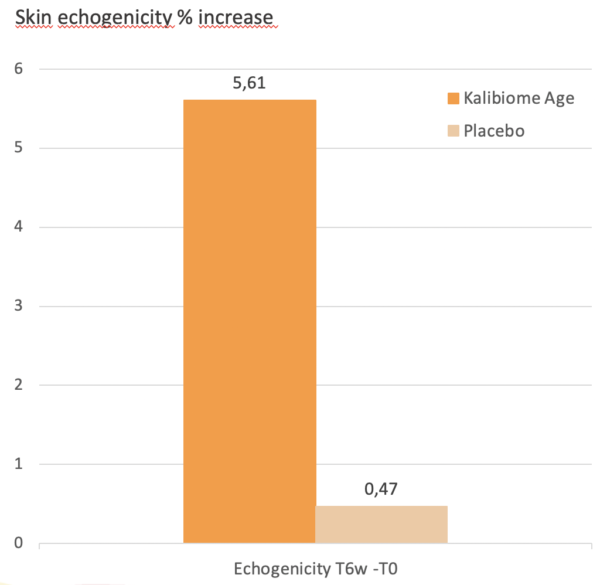
Figure 2: Skin framework digital image treated with postbiotics (white bands are indicator of redensified areas)
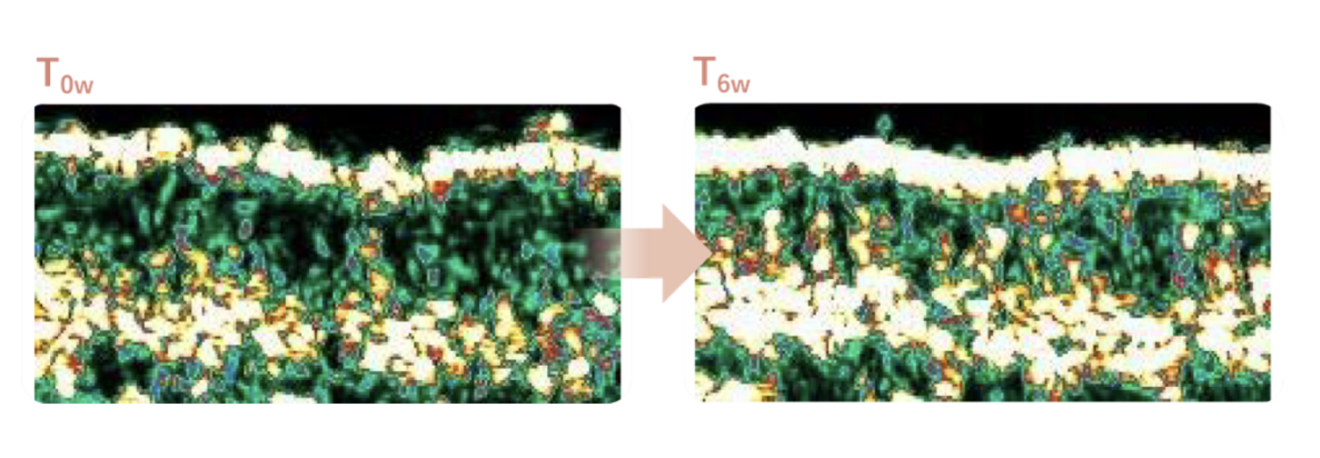
Figure 2a: Correlation Between Increased Redensification and Microbiome Regulation
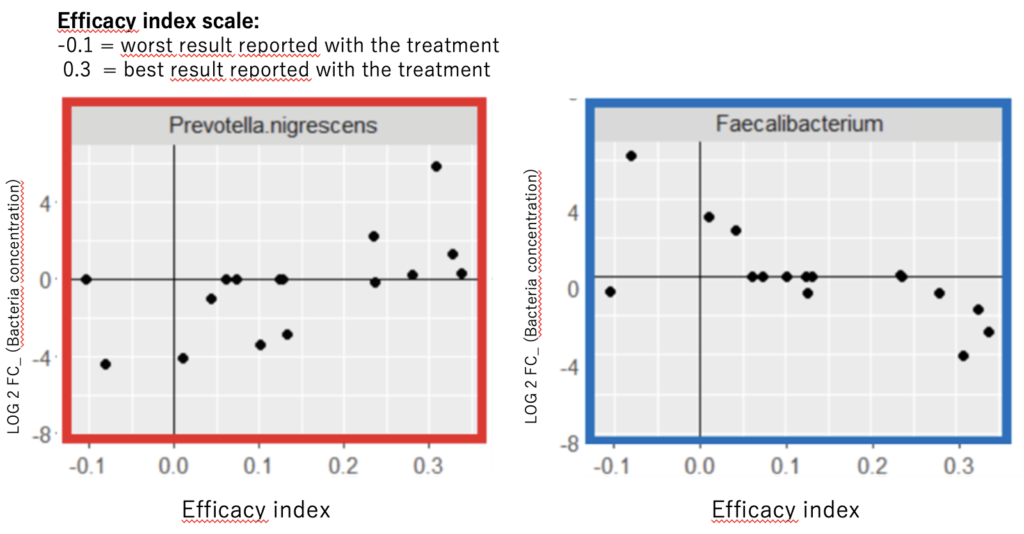
In Vivo- Anti wrinkle tests
The postbiotics were tested in crow’s feet area to investigate effectiveness on wrinkle depth and width reduction. The treatment results show wrinkle depth significant decrease compared to the placebo, along with surface regularization as shown in Fig.3. According to the metagenomic tests, the subjects that reported the best results in terms of wrinkle depth and width (Rz and Ra), had significant variations of Stenotrophomonas and Brevundimonas diminuta on the skin after the Kalibiome treatment with a positive correlation for both (Fig 3a).
Figure 3: Wrinkle depth reduction and surface regularization after 6 week treatment

Figure 3a: Correlation between wrinkle depth and width (Rz and Ra) reduction and microbiome regulation

In Vitro- Skin regeneration: effects on Hyaluronic acid, proCollagen I and fibroblast
The postbiotics antiaging action is ascribable to the dualistic effect observed on skin targets like the epidermal keratinocytes hyaluronic acid involved in skin hydration, cells turnover, wound repair, and the procollagen I involved in dermis framework restoring (Fig.4). In both cases the postbiotics outperformed competing benchmark ferments.
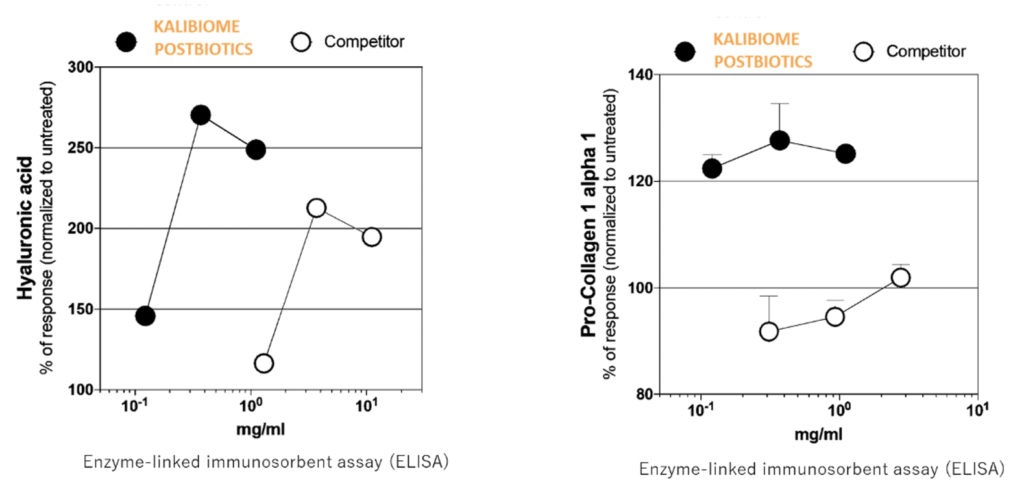
The postbiotics show the same efficacy as EGF (Fig.5) in promoting fibroblasts migration after wound, with results visible after 24 h.
Figure 5: Kalibiome repairing effect on wounded fibroblasts

In vitro- Immune system modulation
The postbiotics proved modulatory activity on pro-inflammatory cytokines (Fig.6) IL6 and CCL2 MCP-1 through a dose dependent expression reduction. Same pattern was observed with the proinflammatory chemokine IL8, whose expression is reduced vs control. The above mechanisms explain the skin redness decrease and photoaging effects detected in vivo.
Figure 6: Postbiotics cytokines and chemokine (IL8) modulation

The immune system modulation activity pattern confirms their use suitability in sensitive skin products. Compared to probiotics, recent studies suggest their lack of inflammation exacerbation after treatment of acutely inflamed gut tissue, endorsing their potential inclusion in a scenario of diversified medical treatments.
Further tests proved the reduction of the itching long TSLP (thymic stromal lymphoietin) isoform, cytokine typically occurring in atopic dermatitis skin and mouth inflammations, and increased expression of IL10.
The short TSLP boasts ecosystem balancing activity on skin microbiota. The postbiotics TSLP regulation (Fig.7) leads to long TSLP isoform decrease and homeostatic short isoform increase.
Figure 7: modulation of TSLP isoforms
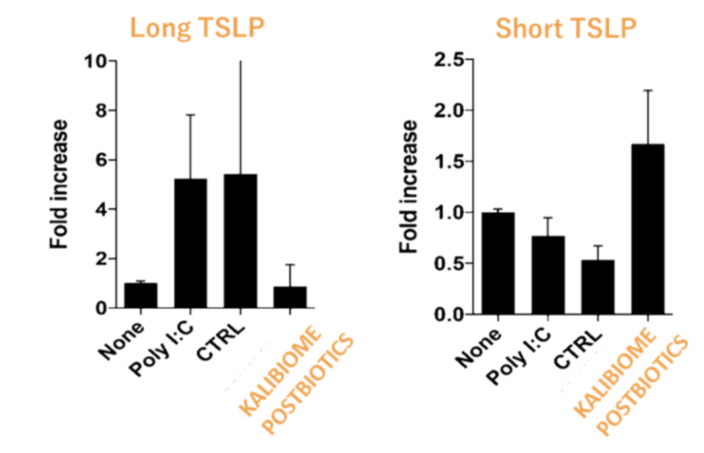
In vitro- Skin barrier restoring
The postbiotics increase the expression of the tight junction zonula occludens-1 (ZO-1), key component involved in keratinocytes adhesion analyzed by immunofluorescence microscopy. The keratinocytes were treated with SLS and then with postbiotics vs control: the results show the postbiotics superior skin pores tightening and keratinocytes sealing, effects promoting decreased permeability to pathogens and environmental pollutants (Fig. 8).
Figure 8: immunofluorescence microscopy images (ZO-1 green, keratinocytes blue)
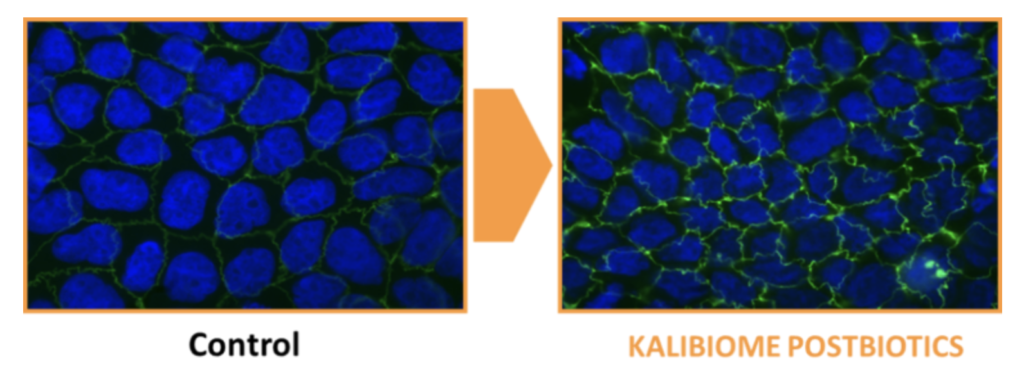
In vitro- Interference with biofilm formation
The postbiotics inhibit the formation of S.Aureus biofilm, (Fig.9) germ involved in inflammation diseases, like atopic dermatitis; they promote physical disruption of the pathogen biofilm formation, confirming recent studies results and suitability for applications where bacterial biofilm presence is matter of concern.
Figure 9: S.Aureus biofilm evolution, control vs postbiotics

In vitro- Antioxidant action
Additional tests analyzed the mithocondrial ROS (O2·superoxide) reduction in living cells; the postbiotics reduced more efficiently than GSH the superoxide radical found in the cells subject to oxidation.
The oxidative stress decrease contributes to the immune system modulation acitivity, as it downregulates the activation of pathways involving the induction of lipid peroxidation, membrane disruption, protein denaturation that leads to nucleic acids damages, mithocondrial damage and oxidative explosion. These inflammation cascades are triggered at different physiological levels, as recent studies show and their negative modulation seems a promising soothing strategy for mucosal targets.
Figure 10: Postbiotics vs Glutathione Superoxide reduction

.
In Vivo- Redness, Elasticity enhance, skin hydration, TEWL
The postbiotics were tested on different parameters vs placebo formulation, showing in each case significant benefits (Tab.1). The skin redness decrease may be linked to immune system response to pollutants and cytokine modulation control, as previously shown. The elasticity increase is likely related to the proven dermis redensification. The skin barrer function restoring and the hydration effect reported are linkable to the activity on tight junctions and hyaluronic acid production.
Table 1: in vivo tests

Conclusion
Kalibiome postbiotics are biotech actives developed by patented fermentation technique that enables to obtain with standardized reproducibility bacterial active metabolites with proven safety. The patented fermentation allows to obtain specific postbiotics for personal care use.
The combined immune system modulation and the anti-aging features position Kalibiome postbiotics as one of the deepest innovations in the field of microbiota care.
The current recommended applicative outcome is attributable to anti-aging and soothing targets: Kalibiome postbiotics promoted skin compactness increase, dermis redensification, wrinkle depth reduction, elasticity increase, likely ascribable to the stimulatory action on dermal-epidermal framework components (ZO-1 tight junction, hyaluronic acid and procollagen I). As for the soothing effect, the postbiotics displayed anti inflammatory action through cytokine release modulation, itching reduction in atopic dermatitis and sensitive skin through TSLP modulation, inhibitory activity on pathogen bacteria biofilm formation and antioxidant effect on stressed cells. These mechanisms open a new frontier of soothing and antipollution treatments for skin care, medical device applications (oral care, gynecological etc.), hair care and skin disorders support treatments.
New studies in progress are aimed to extend the applications of this biotech solution.






